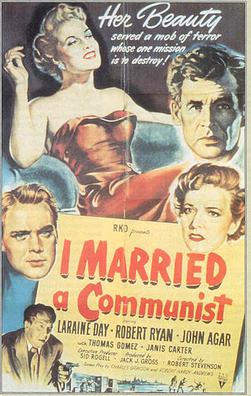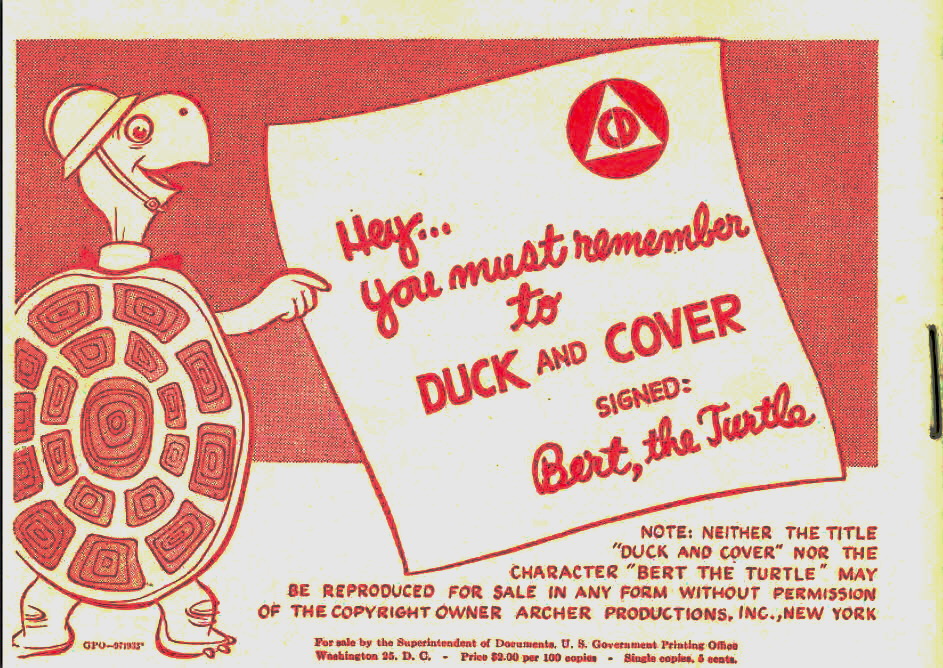The Hiroshima bomb myth is that by August of 1945, World War 2 was almost over, and Japan was ready to surrender, so the U.S. didn’t drop atomic bombs on Japan to force the Japanese to surrender, that we did it for some other reason. I heard this myth again on a PBS documentary last week, and it annoyed me. Some people believe that the U.S. dropped atomic bombs on Japan to send a message to Joseph Stalin that we had this weapon and were willing to use it. Others claim the U.S. were using the Japanese people as guinea pigs to see what the effects of atomic bombs would have people and cities. Still others believe that the U.S. dropped atomic bombs on Japan for revenge. Americans were angry about the treatment of American POWs by the Japanese.
However, there is an obvious flaw in all these theories, and it is simply this – If the Japanese were ready to surrender, then why didn’t they? In 1943, when Italy was ready to surrender, they surrendered. In May 1945; when Germany was ready to surrender, they surrendered. When Robert E. Lee was ready to surrender to Grant, he surrendered. That’s the way surrender works!
Because the U.S. had broken several Japanese codes, President Truman knew that some people in the Japanese cabinet were ready to surrender, but they were not willing to give up the emperor. So, before Truman authorized the bombing of Hiroshima, he sent a message to the Japanese saying that if they surrendered, they could keep the emperor. The Japanese government received Truman’s message, but they chose not to reply to it. After Hiroshima was destroyed by the first atomic bomb, Truman again demanded that Japan surrender, and he said that more cities would be destroyed if they didn’t, but again the Japanese government did not reply. After Nagasaki was destroyed by the second atomic bomb, Truman again demanded they surrender, but again they replied with silence.
It was Emperor Hirohito who ended the war. After the bombing of Nagasaki, Hirohito split with the military. The generals wanted to continue with the war, but Hirohito had had enough. Hirohito made a radio broadcast to the nation saying that the government had agreed to Allied demands for Japan’s surrender. So, can you think of a good answer to my question: If the Japanese were ready to surrender, then why didn’t they?
A lot of people also think that the war was nearly over by August of 1945, but that also is not true. Thousands of people, literally thousands of people, were still dying every day because of the war. The U.S. was bombing Japanese cities day and night. Japanese submarines and kamikaze planes were sinking American and British warships. Bloody fighting was still going on in China, Thailand, the Dutch East Indies (Indonesia), and many other places. In addition, large numbers of people were being killed and dying of starvation in places still under Japanese control, including Korea, Manchuria, Taiwan, and Malaya. The war was far from over. Plus, millions would have been killed if the U.S. had invaded the Japanese home islands and had to fight their way across them. The U.S. did some bad things during World War 2, like locking up 100,000 Japanese Americans in squalid internment camps, but we didn’t drop atomic bombs on Japan when the war was almost over, and they were ready to surrender.



